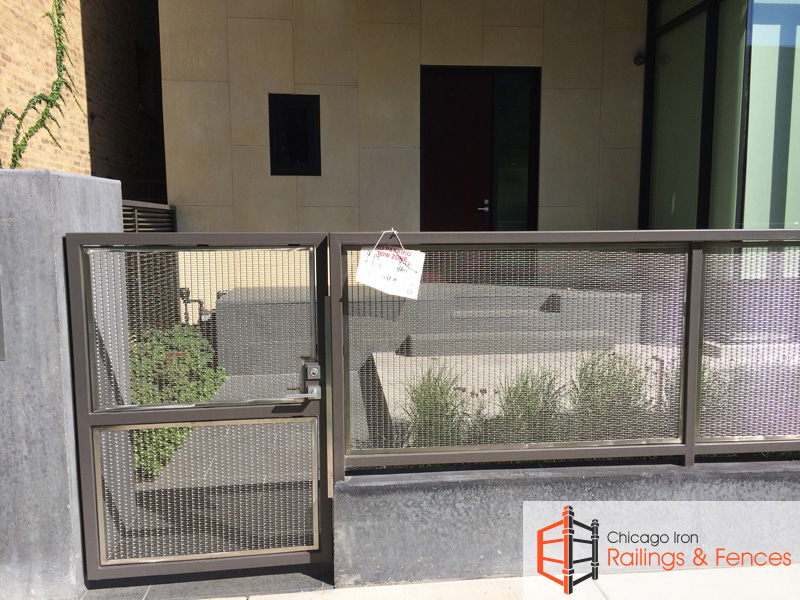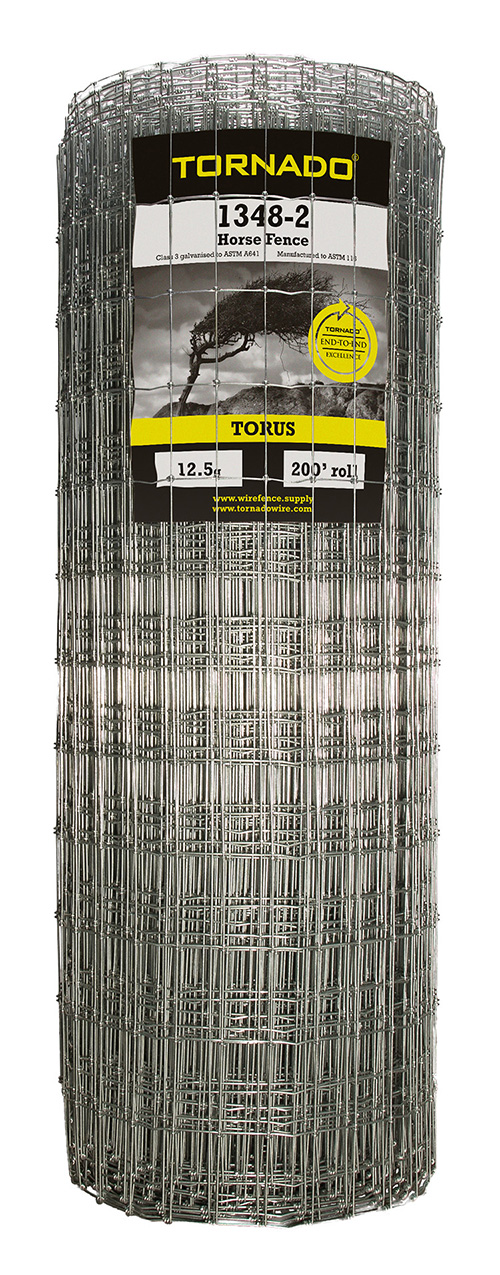
Vinyl fence installation prices are affected by many factors. The first is the type of fencing material. Vinyl fences can be recycled. Many homeowners don't realize that certain types of vinyl fencing require more material than labor. This can mean that the final cost of your project may be higher than you expected. Before you decide to purchase a vinyl fence type, make sure to estimate the overall cost.
The style of your property will determine how much vinyl fence installation costs. Solid black is the most costly option, while wood grain is an affordable option. Wood grain colors cost around $40 per square foot. Other colors are priced between $30-60 per linear foot. Once you've chosen the style for your home, it is possible to calculate the total cost of installing the vinyl fence.

Depending on the type and price of your fence, it might be cheaper to hire someone else to put up a basic pricket or privacy fence. But do not forget that DIY installations have a much higher risk of failure and lack of insurance. You may have to pay a lot of money to fix a mistake. A six-foot fence with vinyl fencing costs $3702 on average. Prices vary depending on the design and style of the fence. A wood grain vinyl fence will cost you between $35 and 45 per linear foot. You could also opt for black vinyl fences, which can run you as high as $60 per square foot.
The installation of a vinyl fence can be done without any permits. The price for a vinyl fence installation depends on the complexity of the project and the region where the fence will be installed. Fences less than 7 feet tall will require a permit. This permits can cost anywhere from $200 to $400. If you have a difficult location or soil, you'll need to pay a separate permit for a higher-rise fence.
The cost per linear foot depends on the type and style of vinyl fence. The typical fence will cost you between $5-$35 per linear foot. It is possible to get labor and materials at different amounts depending on its length, height, or number of posts. When comparing prices, it is important to note that the average cost of a vinyl fence is $15 to $40 per foot. This includes labor and materials.

You'll need additional costs to increase the durability and look of your vinyl fence. In addition to a basic white fence, you can also add other features such as garden decorations, flowers, and artwork to the fencing. The total cost for this project will depend on the size and complexity of the project. After the job is complete, you'll need decorative elements like lights and signs.
FAQ
What room should I remodel first?
The heart and soul of any home is the kitchen. It is where you spend your most time cooking, entertaining, eating, and relaxing. It's where you will find the best ways to make your home more functional and beautiful.
The bathroom is also an important part of any home. It offers privacy and comfort for daily chores such as washing your hair, brushing your teeth, shaving, or getting ready to go to bed. You can improve the function and appearance of these rooms by adding storage, installing a bathtub instead of a bath, and replacing outdated fixtures with moderner ones.
What should I do if I want to hire an architect/builder?
It may be simpler to hire someone to help you renovate your home. You can hire an architect to help you design the perfect home.
Is it possible to live in a house that is being renovated?
Yes, I can live inside a house while I renovate it.
Can you live in a house while renovations are going on? The answer depends on how long the construction work takes. If the renovation lasts less then two months, then it is possible to live in your home while it is being constructed. However, if the renovation project lasts longer than two months, then no, you cannot live in your home while the renovation is taking place.
There are many reasons why you should not live at home during major construction projects. You might be hurt or even die from falling objects on the site. Noise pollution and dust from heavy machinery on the job site could also be a problem.
This is especially true when you live in a multistory house. In this case, the sound and vibration created by the construction workers might cause severe damage to your property and its contents.
You will have to live in temporary accommodation while your home renovations are underway. This means you won’t have the same amenities as your own home.
As an example, your washer and dryer will be out of commission while they are being repaired. Additionally, the smell of paint fumes or other chemicals will be a constant annoyance as well as the banging sound made by workers.
All these factors can result in stress and anxiety within your family. To avoid becoming overwhelmed by these situations, it's important to plan ahead.
It is important to research before you start renovating your house. This will help you avoid costly mistakes down the road.
You should also seek professional help from a reputable contractor to ensure everything runs smoothly.
What should I consider when buying a new home?
You need to ensure you have enough funds available to cover closing costs before you buy a home. You might consider refinancing your mortgage if you don't have enough money.
Statistics
- They'll usually lend up to 90% of your home's "as-completed" value, but no more than $424,100 in most locales or $636,150 in high-cost areas. (kiplinger.com)
- Design-builders may ask for a down payment of up to 25% or 33% of the job cost, says the NARI. (kiplinger.com)
- It is advisable, however, to have a contingency of 10–20 per cent to allow for the unexpected expenses that can arise when renovating older homes. (realhomes.com)
- According to the National Association of the Remodeling Industry's 2019 remodeling impact report , realtors estimate that homeowners can recover 59% of the cost of a complete kitchen renovation if they sell their home. (bhg.com)
- On jumbo loans of more than $636,150, you'll be able to borrow up to 80% of the home's completed value. (kiplinger.com)
External Links
How To
How do I plan for a whole house renovation?
Planning a home remodel takes planning and research. There are many things you should consider before starting your project. The first thing you need to decide is what kind of home improvement you want to make. There are many options available, including kitchen, bathroom and bedroom. Once you've decided on which category to work on you will need to calculate how much money is available for your project. It's best to budget at least $5,000 per room if you don't have any experience working on homes. If you have some previous experience, you may be capable of getting away with a lower amount.
Once you know how much money your budget allows you to spend, then you will need to decide how big a job it is you are willing to take on. If your budget only allows for a small renovation of your kitchen, you will be unable to paint the walls, replace the flooring or install countertops. You can do almost everything if you have enough cash for a full-scale kitchen renovation.
Next, you need to find a contractor who is experienced in the type project that you want. You'll get high-quality results and save yourself lots of headaches down the line. Once you have found a reliable contractor, it is time to start gathering supplies and materials. Depending on the project's size, you may have to buy all of the materials from scratch. However, there are plenty of stores that sell pre-made items so you shouldn't have too much trouble finding everything you need.
Once you have all of the necessary supplies, you can start making plans. The first step is to make a sketch of the places you intend to place furniture and appliances. Next, design the layout of your rooms. Make sure that you leave space for plumbing and electrical outlets. Also, try to put the most used areas near the front door so that visitors can easily access them. You can finish your design by choosing colors and finishes. Avoid spending too much on your design by sticking to simple, neutral colors and designs.
Now it's time to build! Before you begin construction, it's important to check your local codes. While some cities require permits, others allow homeowners to construct without them. You will need to first remove all walls and floors that are not required for construction. You will then lay plywood sheets to protect your new flooring. You will then attach or nail pieces of wood together to make the cabinet frame. Lastly, you'll attach doors and windows to the frame.
There are some final touches that you will need to make after you are done. You'll likely want to cover any exposed wires and pipes. For this, you will use plastic sheeting or tape. Mirrors and pictures can also be hung. You should always keep your work area clean.
This guide will show you how to create a functional, beautiful home. It will also save you a lot of money. Now that you have a basic understanding of how to plan a house remodel, it's time to get started.